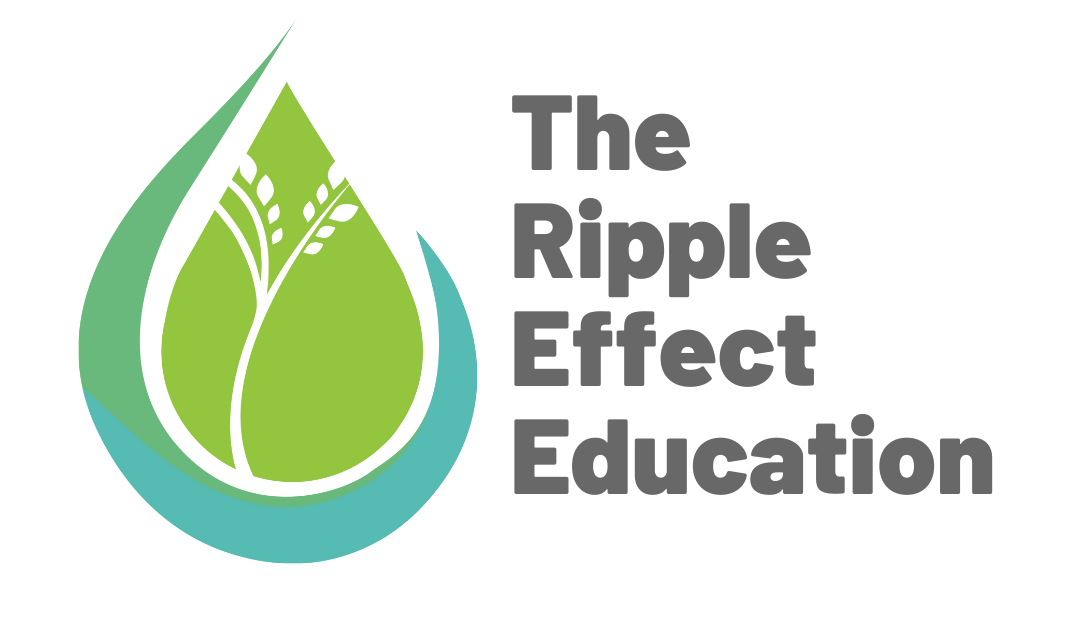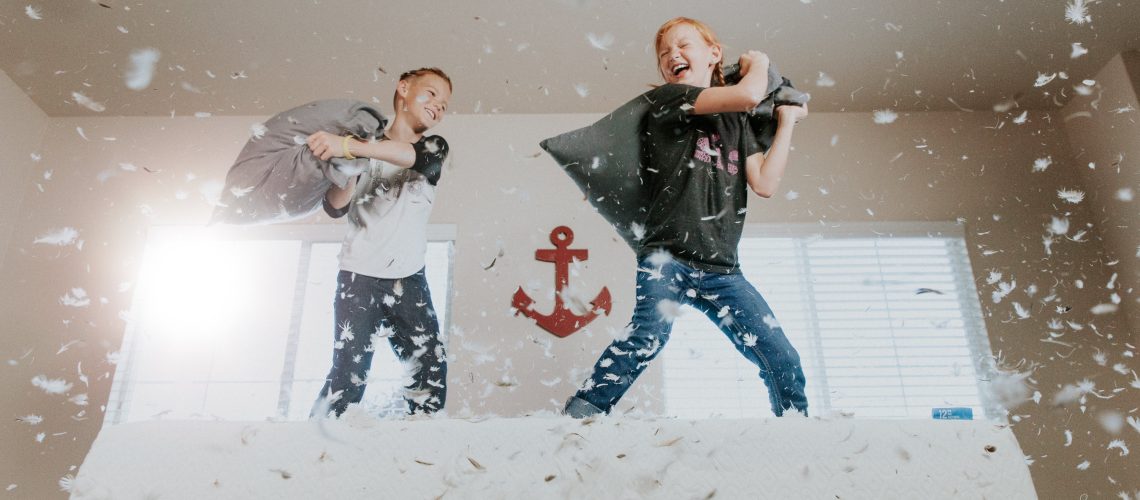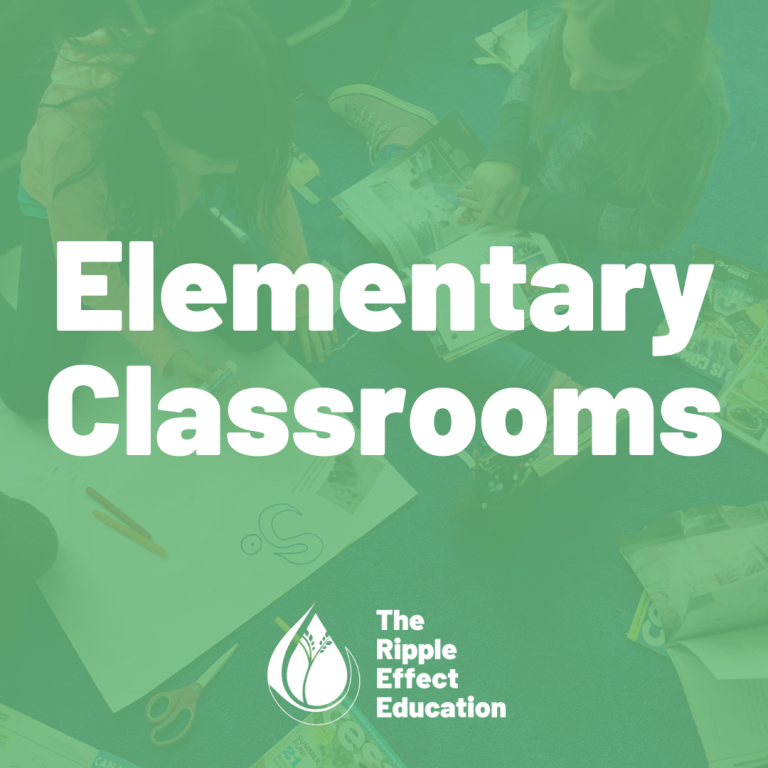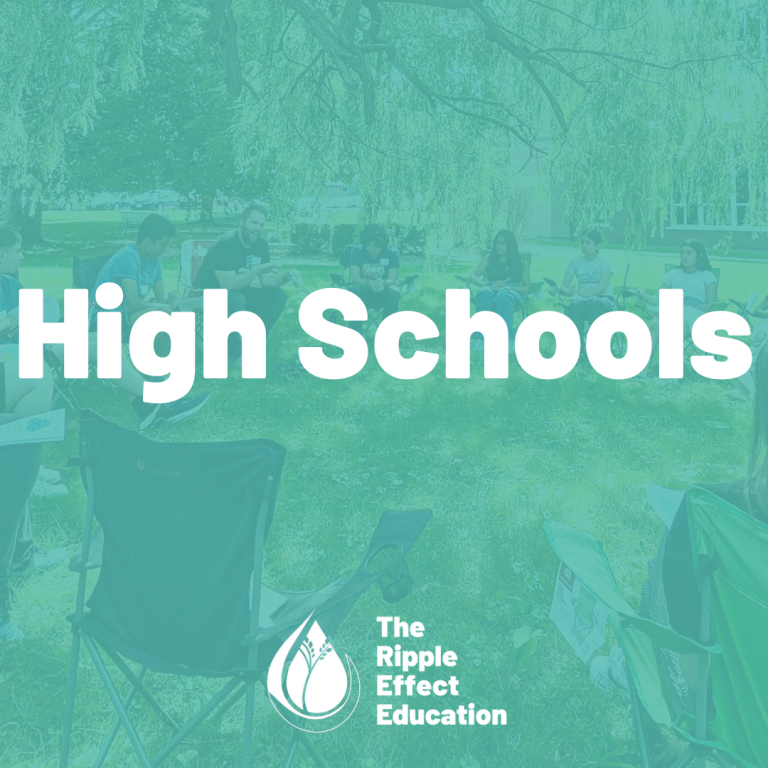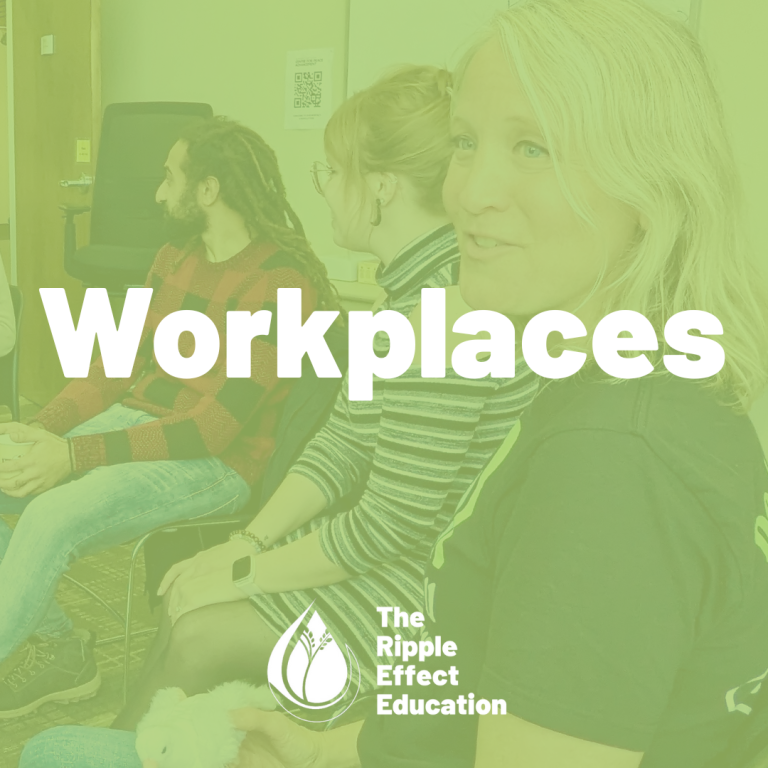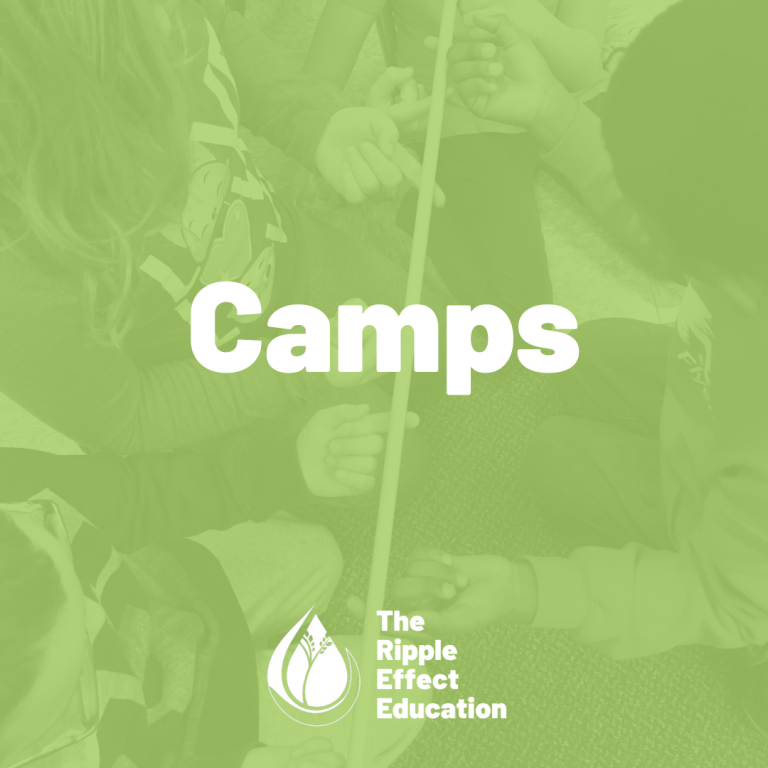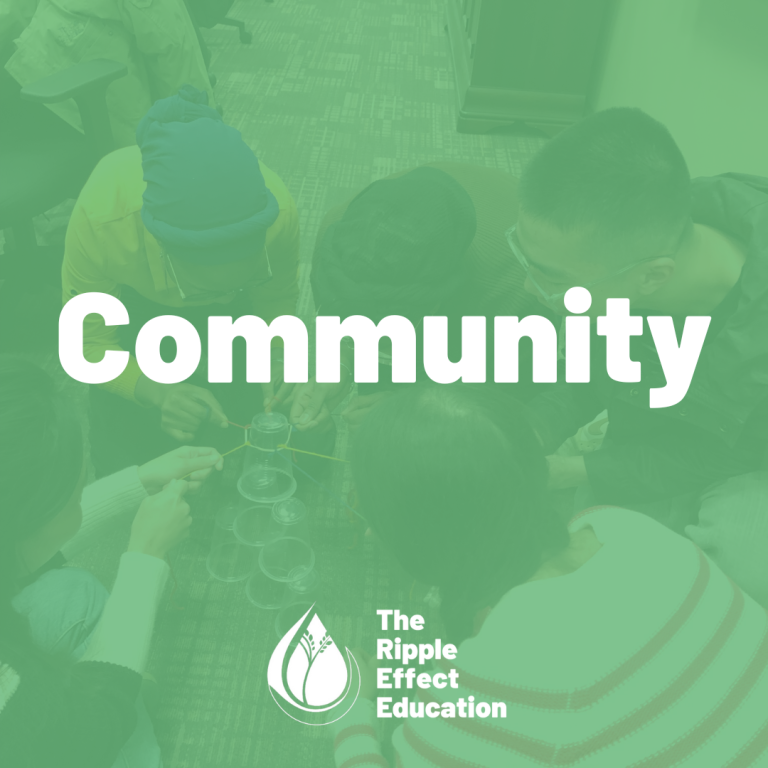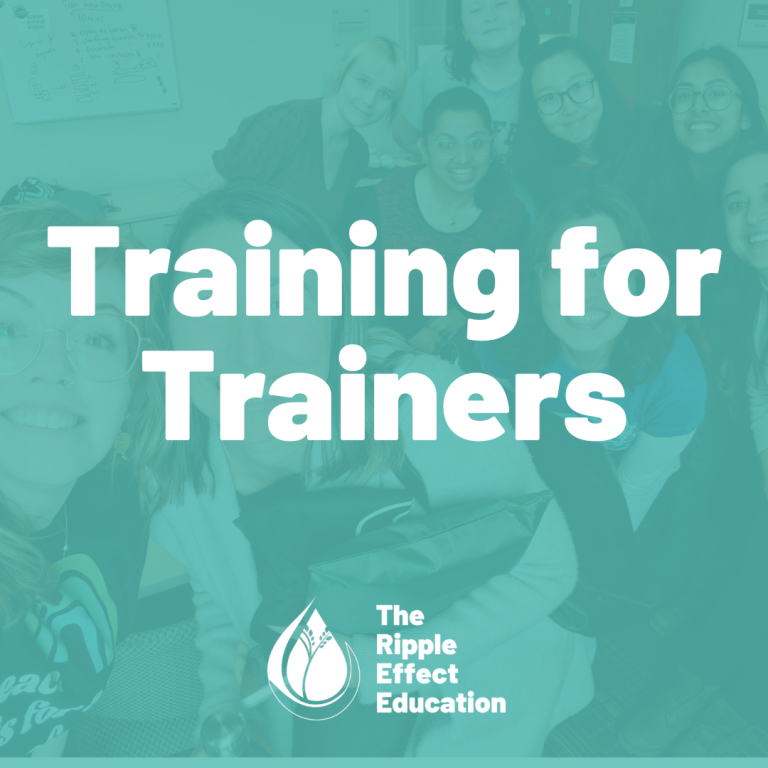Between the ages of 6-12, children are entering a turning point we call the middle years. During this period, they are becoming more curious. They are cultivating new skills and independence, and they begin to form meaningful relationships with others their age. For more on supporting children through this stage, we recommend Ontario’s On My Way guide. Of course, each child is unique in their development, and the way we model conflict resolution and healthy relationships should be unique to each child and their social context.
Today, we want to share five of our top tips for building conflict resolution skills in the middle years.
- Ask Deeper Questions: Children at this stage are developing logic and reasoning skills, and begin to think about problems in more complex ways. Non-judgmentally asking them to explain their actions, or the impact of their actions on others can help them process the interaction, while helping to build empathy for others.
- Set High But Realistic Goals: When we approach conflict like a problem we can solve, we can push ourselves to address conflicts, even if they are uncomfortable. Often at this stage, children start to become eager to take on more complex tasks, which can include working out a conflict with a friend or sibling peacefully. Help set a high but realistic goal for the outcome of the conversation, by asking questions like, What would you like to happen? followed by, What could you say to them that might make that happen?
- Encourage Autonomy: While children at this stage still need a great deal of support from the adults in their lives, they are also beginning to branch out, building a sense of independence and eventually seeking freedom. Encourage them to build their own autonomy in conflict situations by allowing them to begin problem-solving by themselves or helping them to critically think about their response to a conflict and give them space to approach the conflict independently.
- Introduce Mindfulness Practices: At this stage, children start to understand their own feelings, and that they don’t need to act from their emotions. For example, it’s ok to feel angry, but it’s not ok to hit someone because you are angry. At this stage, you can begin to explore mindfulness practices, like mindful walks, breathing exercises, or naming emotions.
- Praise Their Efforts: When children try to resolve conflict in peaceful and positive ways, whether they feel they were successful or not, praise their efforts. Even as adults, our peaceful efforts in conflict may not bring about win-win solutions, but that doesn’t mean that our approach is not worth the effort, rather that we simply didn’t use the right tool in that moment. During their middle years, children are developing their sense of self-esteem and confidence in their abilities. Praise, if they have attempted peaceful conflict resolution, can encourage them to continue to pursue peace in their relationships.
Of course, we don’t necessarily expect that children will become experts at conflict resolution at this stage, even with our best efforts to model and mentor. As adults in their lives, we can help children begin to develop healthy attitudes towards conflict for the future. Maybe, just maybe, “future you” might thank you.
Interested in more tips for building conflict resolution skills at different stages? Check out our post for the early years.
 Katie Gingerich is the founder and director of TREE, and is an active participant of the Kindred Credit Union Centre for Peace Advancement. Since 2012, she has developed peace education programs for camps, community groups, and classrooms, and is passionate about giving youth the tools they need to transform conflict and seek justice.
Katie Gingerich is the founder and director of TREE, and is an active participant of the Kindred Credit Union Centre for Peace Advancement. Since 2012, she has developed peace education programs for camps, community groups, and classrooms, and is passionate about giving youth the tools they need to transform conflict and seek justice.
